Monolithic vs. Microservices Architecture: Which Should I Use?
A holistic comparison between monolithic vs. microservices architectures
This article was originally published on the Traceable Blog.
In this roundup, I’ll walk you through a holistic comparison between monolithic and microservices architectures. By the end, you’ll know which one fits your needs—or at least have enough ammo to argue about it at your next team meeting.
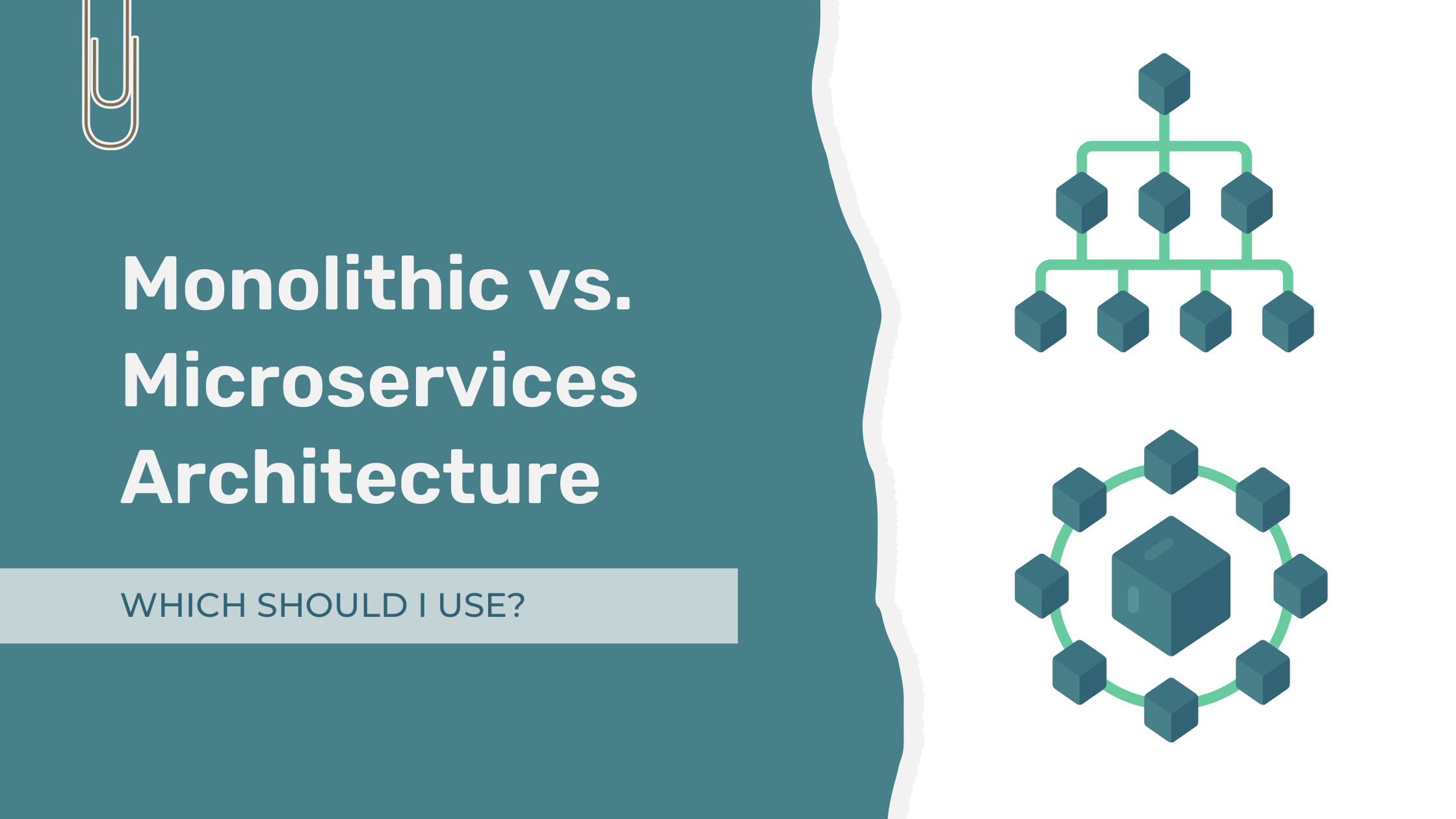
Monolithic Architecture: Quick Refresher
A monolithic architecture is like a one-pot meal—everything is in the same place. All components and modules are tightly coupled and dependent on one another.
For example, let’s say you have a travel app that allows users to book airline tickets and hotels. It might have these modules:
- Travel: Displaying airfares and booking airline tickets
- Hotel: Listing and booking hotel rooms
- Purchase: Allowing users to make payments
- Auth: Authentication service for signup, login, logout, etc.
Here’s how the application’s monolithic architecture would look:
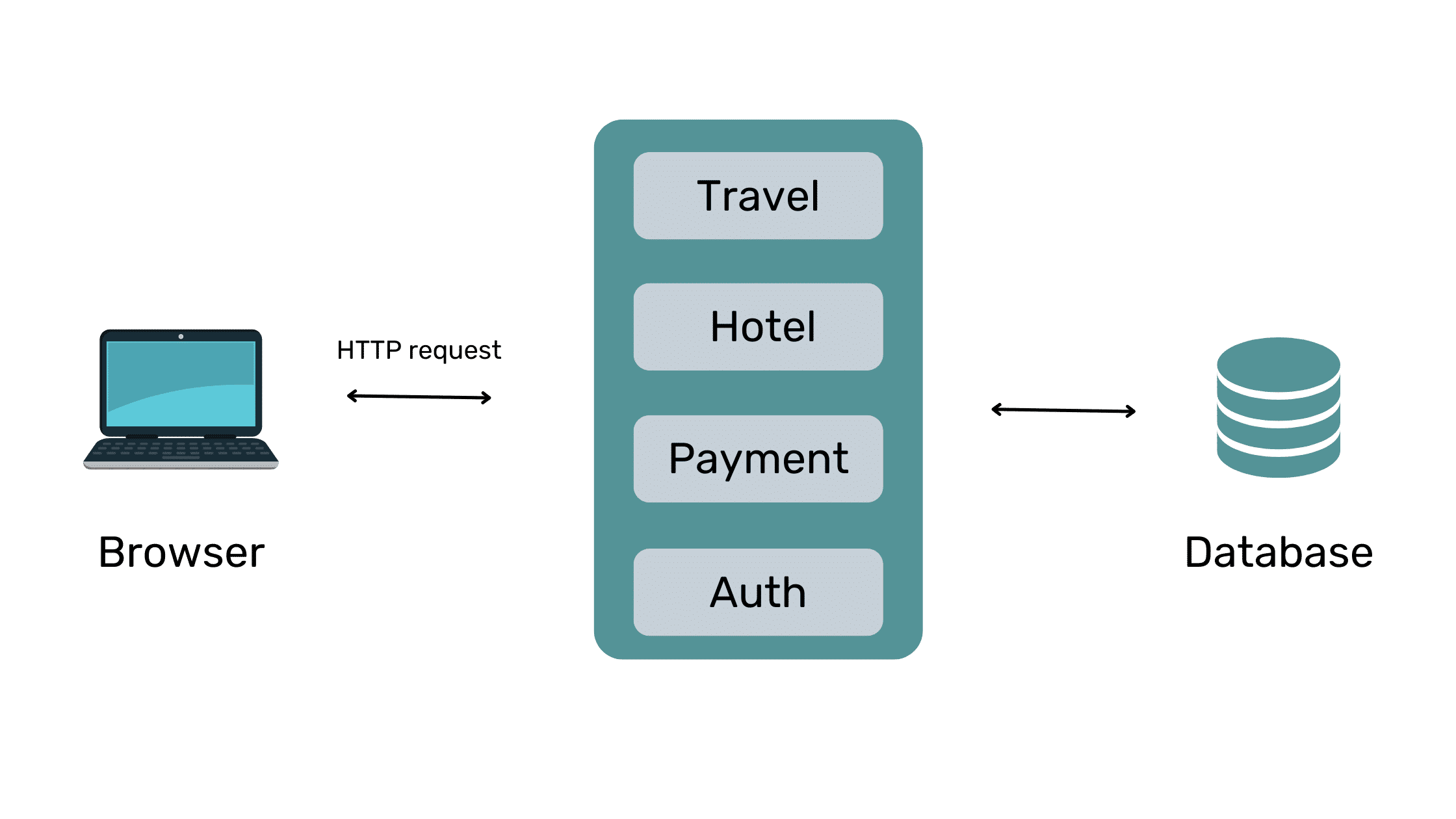
Microservices Architecture: Quick Refresher
Microservices take a “divide and conquer” approach. Each service is independent, loosely coupled, and runs autonomously. Instead of one giant block of code, your app is broken into smaller pieces.
For our travel app, this means each module—Travel, Hotel, Purchase, and Auth—would be its own microservice. Each one can live, breathe, and crash independently. Here’s how that would look:
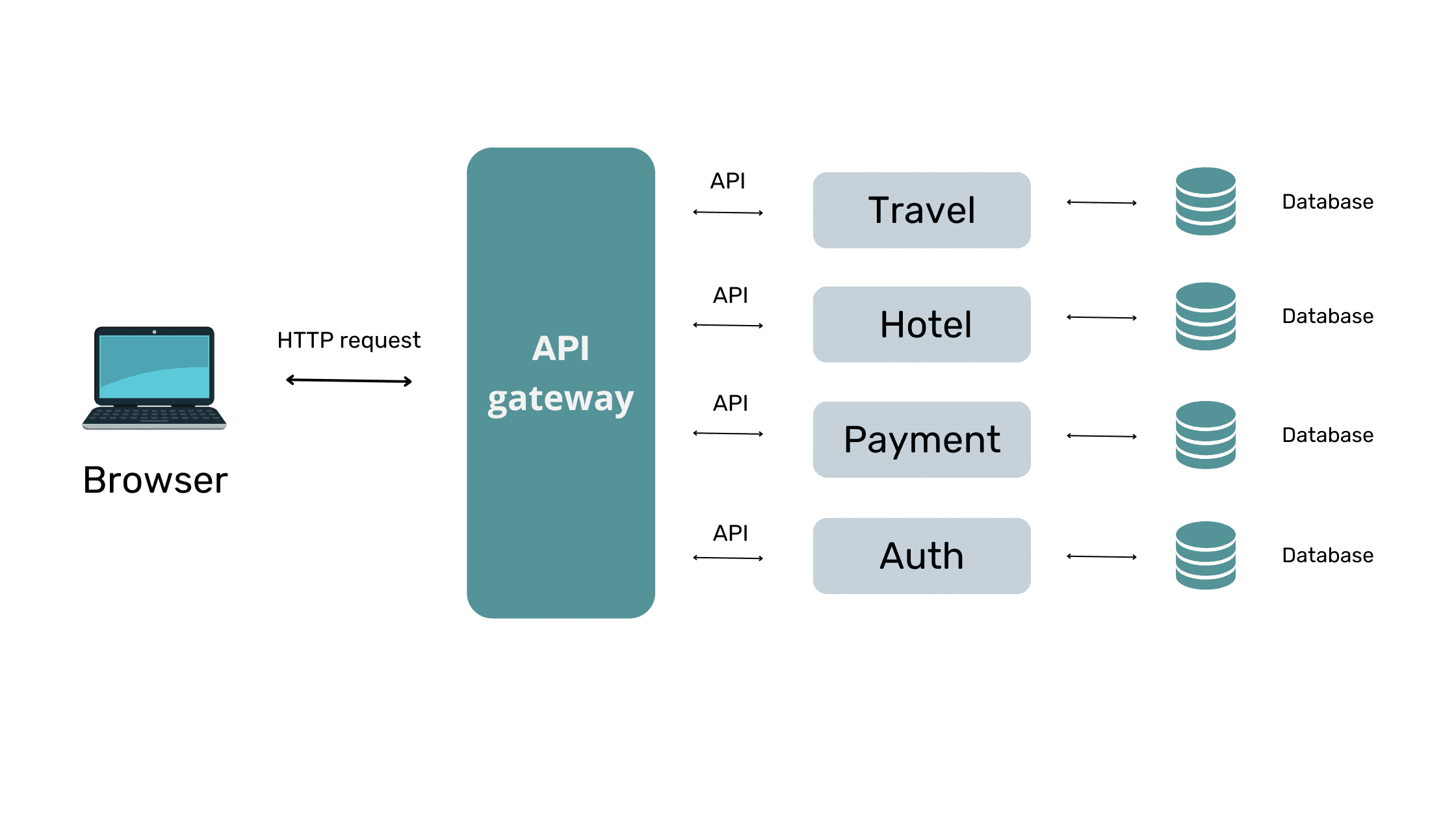
Development
In a monolith, everyone shares a single codebase. Imagine two teams: one working on the payment module and the other on auth. Even though their work is unrelated, they’re all pushing and pulling from the same repo. Cue code conflicts, slow merges, and lots of “Who broke the build?” moments.
With microservices, each service gets its own codebase. The payment team can do their thing without worrying about auth changes, and vice versa. It’s cleaner, faster, and much less of a headache.
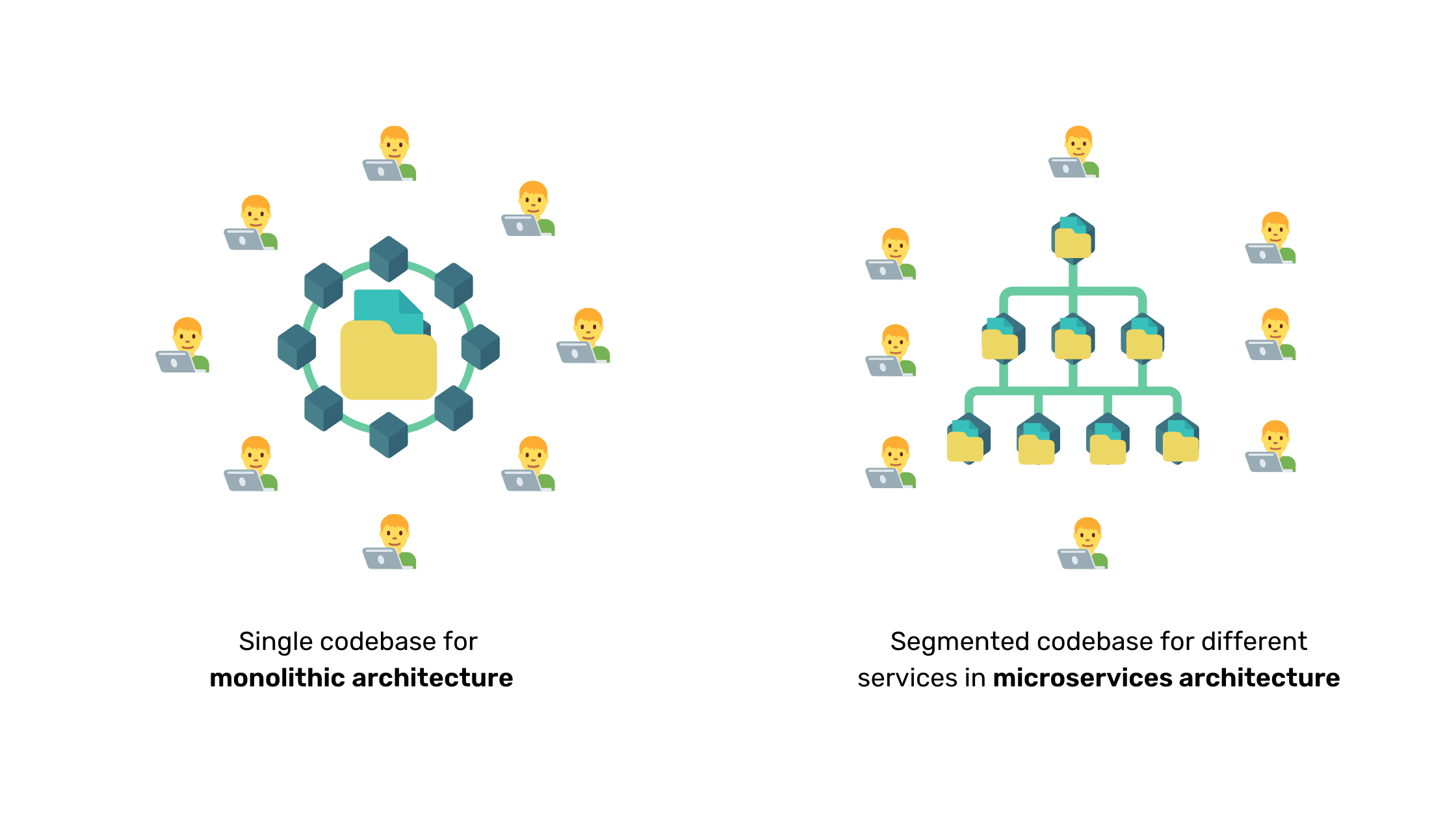
Debugging
The tightly coupled architecture in monoliths often leads to errors and bugs that are difficult to track. Fixing a bug in one module can accidentally mess up another. For instance, tweaking the auth module could cause issues in payments.
Microservices are simpler to debug. If something’s broken, you know exactly which service to blame. Bugs in the auth service won’t spill over into payments because they’re isolated. It’s like having separate rooms for each part of the chaos.
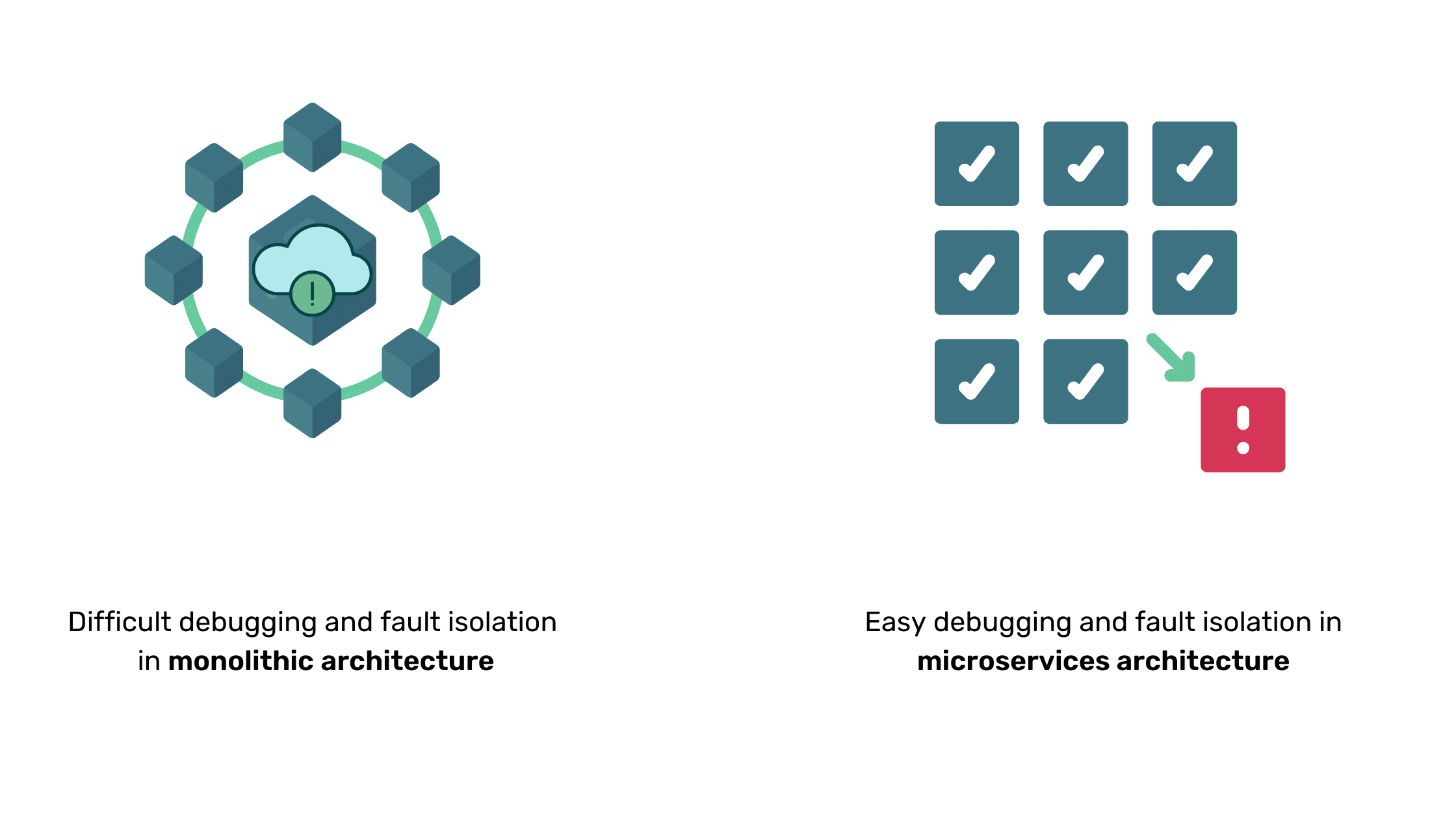
Deployment
Is deployment anxiety a thing in your team? You might hate monoliths then. Let’s say you fixed a bug in the auth module? Great! But in a monolith, you’ll need to redeploy the whole app. Even a tiny change can mean downtime for every other running service.
With microservices, however, you only deploy what’s necessary. So, in this case, you can independently deploy your auth microservice. Even if the auth service goes down, payments and hotels keep running. Any associated downtime is only reflected in that auth microservice. All the remaining microservices continue to operate as they have been doing.

Infrastructure, Cost and Complexity
Up until this point, you might think microservices are clearly better than monoliths, right? But at what cost? Complexity, and well literally cost!
The more components your architecture has, the more difficult it is to manage and handle them. Consequently, the cost and complexity of the overall application become higher due to numerous independent servers, services, codebases, CI/CD pipelines, etc. Further, you also have different databases for each microservice. Again, the added cost and complexity of hosting your individual databases could be massive.
Infrastructure for monoliths are simple, a single server for your application and another one for your database.
Interservice Communication
Let’s come back to our application example. Say a user opens the app to book a flight. Here, two modules of your application come into play. First, the travel one that lists all the flights and reserves a flight for you, generates your e-tickets, etc. Second, payment! You can’t book a flight without paying for it, right?
But how does the travel module communicate with the payment one? For a monolith, this is simple. You could invoke your payment module from your travel module at the time of payment. Remember, all your modules are in a single place in your monolith. You can run any code from anywhere.
But what about microservices? In this case, your travel microservice will have to interact with your payment microservice. And if there was a complete travel package (e.g., airline tickets, hotel room, etc.) that the user wants to book, each microservice would need to interact with the others. Further, some specific use cases could have a lot of to and fro between different microservices. For instance, a user books a flight and a hotel for themselves then books another hotel for a guest for a business visit.
Clearly, interservice communication is easier in monoliths than microservices. However, that’s not to say that microservices have poor interservice communication. It simply takes a different approach, for instance a setup like service orchestration - read here to enlighten yourself on what this means.
Performance
Who wouldn’t want their services to be faster, efficient, and highly performant? Monolithic services can be faster than their microservice counterparts. Where this performance comparison becomes distinct is interservice communication.
With microservices, each interservice communication will most likely happen via an API call. In monoliths, this API call is converted into code calls or function invocations.
Also, you could set up simple browser caching for your monolith. It’s one domain and origin, right? To implement caching for your microservices, you’d have to put in a lot more work than that.
However, on the upside, microservices are lightweight. In that aspect, they could perform better than a large and heavy monolithic application. The trade-offs here are apparent.
Scalability
If you’re dealing with tens of thousands of API requests a minute, kudos! Your application is growing! So how do you scale your system with the rising user base?
For monoliths, you can perform horizontal scaling via a load balancer and multiple server nodes. This would enable your monolith to scale effectively without a single point of failure. So if one of your server nodes or your API server goes down, the other nodes can come to the rescue.

However, one drawback that will always persist with scaling monoliths is the segregation of business logic.
As you scale, the need to separate your modules or components at the business level becomes more important. Of course, with microservices, you’d be taking care of that starting on day one. But you can’t scale microservices horizontally. However, you can do granular scaling by scaling individual microservices as and when needed.
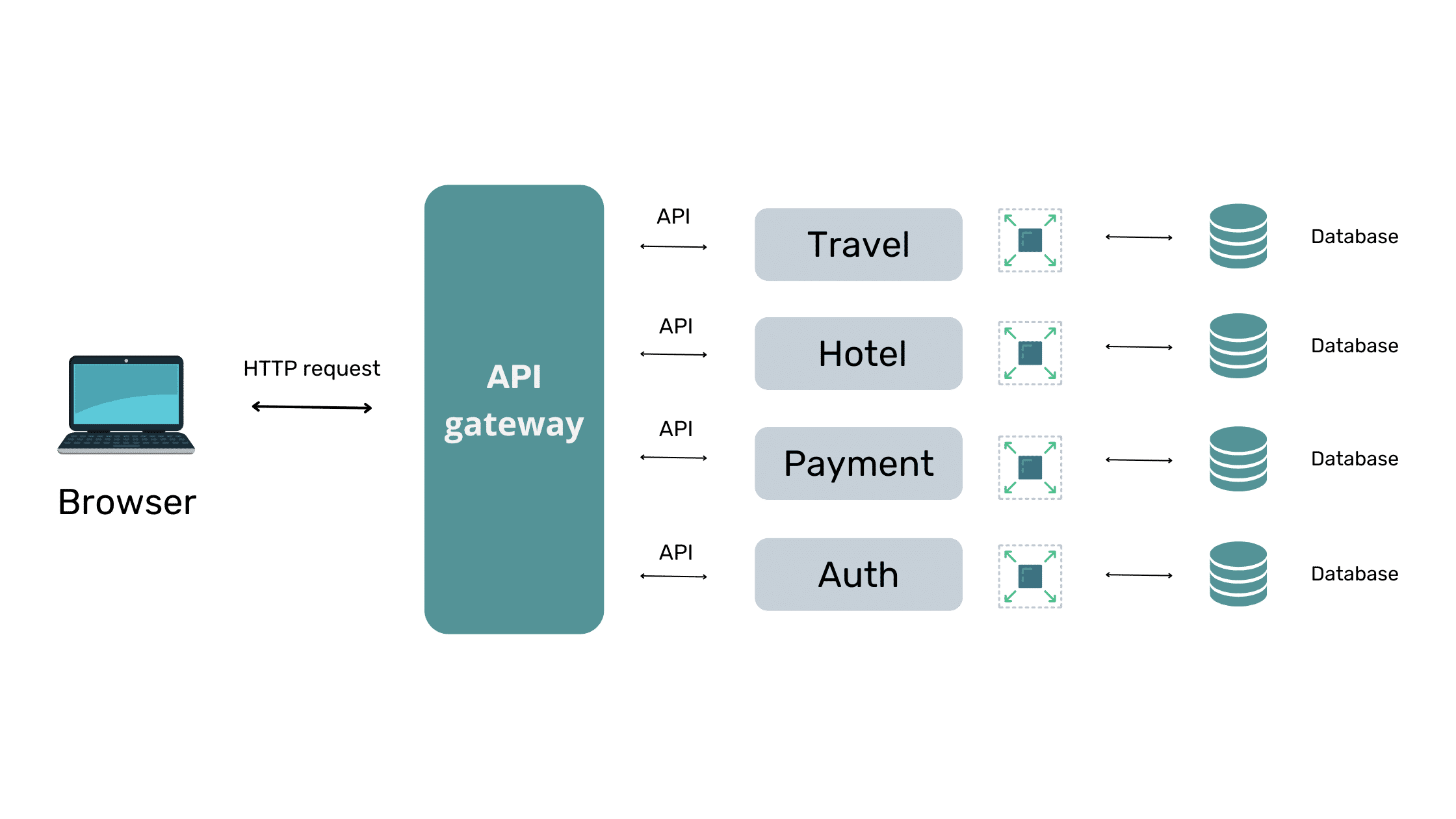
Summing Up
So, which should you choose? Incoming decision fatigue - It depends. No really, it does.
Startups usually go for monoliths but also anything and everything that’s easy to setup and maintain, costs less than their monthly groceries and scales only till their next user. Sounds about right.
A small team could work well with monoliths. At the scale of millions of requests per minute, microservices are a better bet.
At Looppanel, we use nanoservices—independent functions that are deployed separately but share a single codebase, making our backend a hybrid of monolith and microservices. It’s the best of both worlds.
For the original version of this article, visit the Traceable Blog.